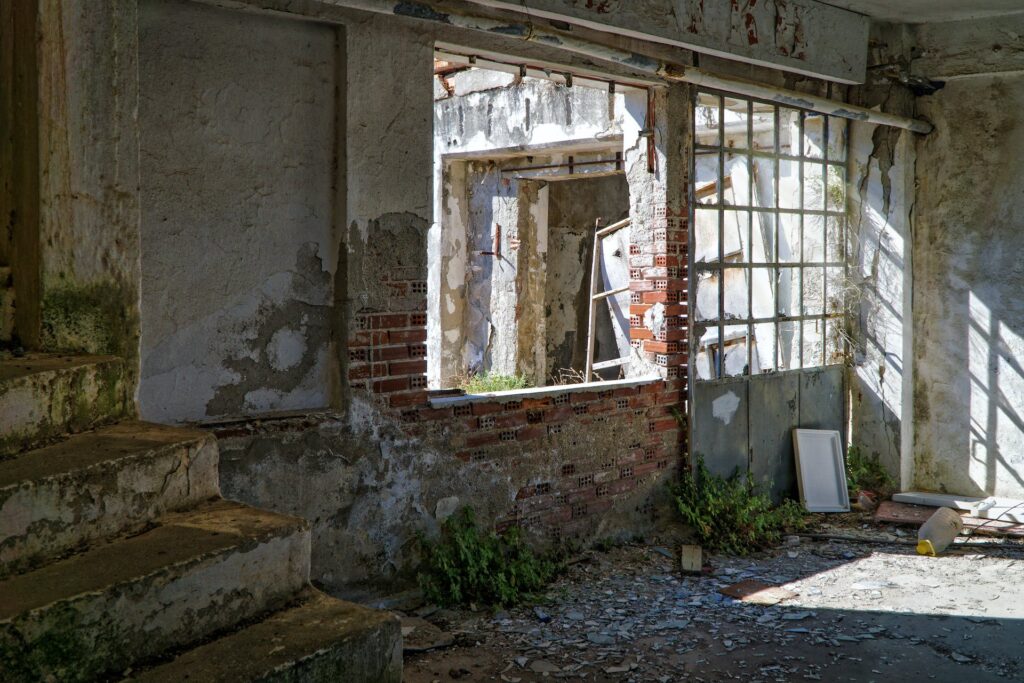Demolition, once considered a brute force endeavor, has undergone a transformative evolution thanks to advancements in technology. The demolition industry, traditionally reliant on heavy machinery and controlled explosions, is now witnessing a surge in innovations that prioritize safety, efficiency, and sustainability.

Robotic Demolition
One of the most significant advancements in recent years is the integration of robotics into demolition practices. Robotic demolition equipment, equipped with advanced sensors and remote-control capabilities, allows operators to precisely and safely dismantle structures. These robots can navigate confined spaces, reducing the risk to human operators and enhancing overall project efficiency. With the ability to perform tasks like concrete cutting, drilling, and selective demolition, robotic technology is revolutionizing the industry’s approach to challenging projects.
Implosion Simulation Software
Traditionally, controlled demolitions involved a considerable amount of risk and uncertainty. However, with the advent of implosion simulation software, engineers can now meticulously plan and execute controlled demolitions with unprecedented precision. These advanced software programs use complex algorithms to simulate the behavior of structures during implosion, helping engineers determine the optimal placement of explosives and predict the debris pattern. This not only enhances safety but also minimizes the environmental impact of the demolition.
Drones in Demolition
Drones have become invaluable tools in the demolition industry, providing a unique aerial perspective for planning and monitoring projects. Before demolition begins, drones can conduct thorough site surveys, capturing high-resolution images and creating 3D models of structures. This data aids in the development of precise demolition plans, identifying potential hazards and optimizing resource allocation. During demolition, drones offer real-time monitoring, allowing project managers to assess progress, identify issues, and ensure adherence to safety protocols.
Green Demolition Techniques
In an era increasingly focused on sustainability, the demolition industry is embracing “green” practices to minimize environmental impact. Green demolition, also known as deconstruction, involves carefully disassembling structures to salvage and reuse materials. This approach not only reduces the volume of construction and demolition waste but also promotes recycling and repurposing of valuable resources. Additionally, advancements in dust and noise reduction technologies contribute to minimizing the disruption caused by demolition activities to the surrounding environment.
Non-Explosive Demolition Agents
For projects where traditional explosives are impractical or prohibited, non-explosive demolition agents offer a viable alternative. These agents, often in the form of expansive grouts, break down concrete structures through a controlled expansion process. This method is not only quieter but also reduces the risk of collateral damage to nearby structures. Non-explosive demolition agents provide a safe and efficient solution for selectively dismantling structures in densely populated or sensitive areas.
Augmented Reality (AR) in Demolition Planning
The integration of augmented reality (AR) technology is transforming the way demolition projects are planned and executed. AR applications enable engineers and operators to visualize demolition plans overlaid onto the physical structures, offering a comprehensive understanding of the project before implementation. This enhances precision in decision-making, reduces errors, and improves safety by providing real-time data and guidance during the demolition process.
The demolition industry is experiencing a technological renaissance, with innovations that not only streamline processes but also prioritize safety and sustainability. From robotic precision to implosion simulation software, drones, green demolition techniques, non-explosive agents, and augmented reality applications, these advancements collectively shape the future of demolitions. As technology continues to evolve, the industry can look forward to even more sophisticated tools and methodologies that redefine the possibilities of safe, efficient, and eco-friendly demolition practices.